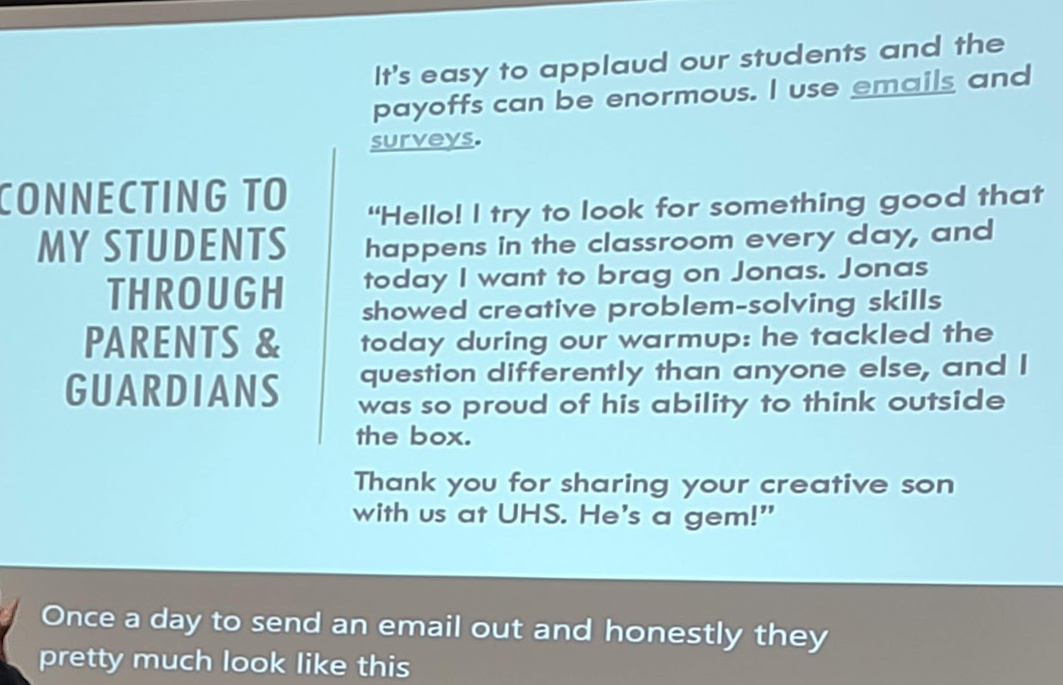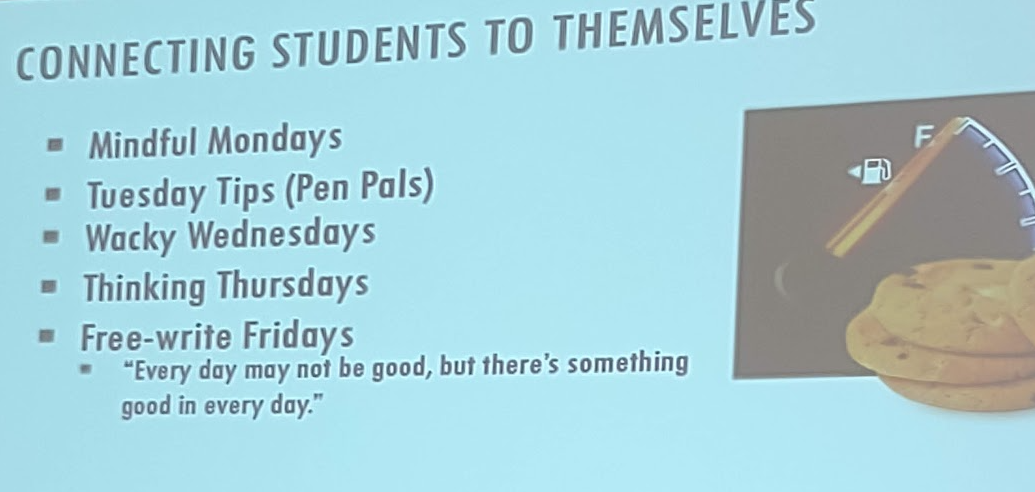In October, I had the opportunity to visit Washington, DC to attend the NCTM annual conference. I'm blogging through some of the sessions I attended to help me process and reflect.
One of my favorite sessions from the conference (and one of the few sessions where we actually DID math) was on Using Manipulatives in Geometry and was presented by Erin Schneider of CPM. I have long been a fan of the CPM curriculum and I wish it was available in my state!
One of the first activities we did was using an 8 foot length of yarn that had been tied into a large loop. Erin asked us to work with our team to use the yard to create the solids shown in the picture. This was a great team-building exercise and a great activity for post-lunch time on the first full day as it got us out of our seats, talking / communicating with other people, and using spatial reasoning. I jotted in my notes that this would be a fabulous first day of school activity (or first day of the SA/V unit) for my Honors Geometry kids, so please hold me accountable on this one!

From there, she moved to talking about a Kaleidoscope and its use in Geometry. I remember LOVING my Kaleidoscope as a kid, but never thought about how I could use it in my classroom! She started with a video for us to notice/wonder, then we used hinged mirrors to create our own to explore polygons. (You can see her image at the bottom left of the collage. When I got home, I immediately searched Amazon for cheap mirrors that I could use. I found some plastic ones and when they arrived, I taped them together and started playing! Every student that has noticed the hinged mirror has been fascinated with it!
In the workshop, she was using it to explore polygons and central angles, but it could also be used to explore rotational / reflectional symmetry as well as building the Area Formula for Regular Polygons.
We were already running out of time, so she shared some quick ideas on various topics before moving on to using a pantograph for dilations.
You can use 2 identical rubber bands and tie them together as seen at the upper right here. Draw a small pre-image (seen here as a small heart at the corner of the paper, then set the point of dilation (here, it was off the paper) with the knot of the rubber bands on top of the drawing. With your pen on the paper, use the knot to trace the pre-image and your pen will be tracing the enlarged image. Sadly, I've already done dilations in general, but this could be a fun way to introduce similar polygons, so I'm excited to try it!
As I said above, this was definitely one of my favorite sessions of the entire conference and I was able to walk away with ideas that I could easily implement, so I consider that a huge win!










